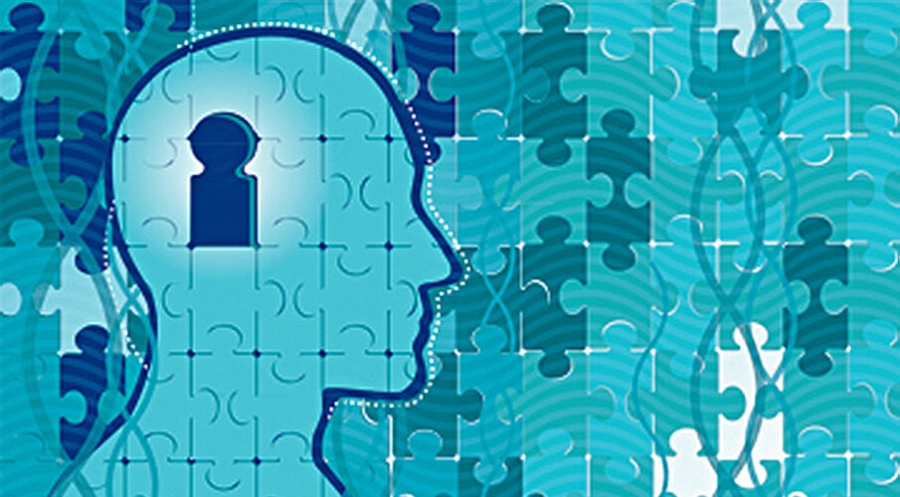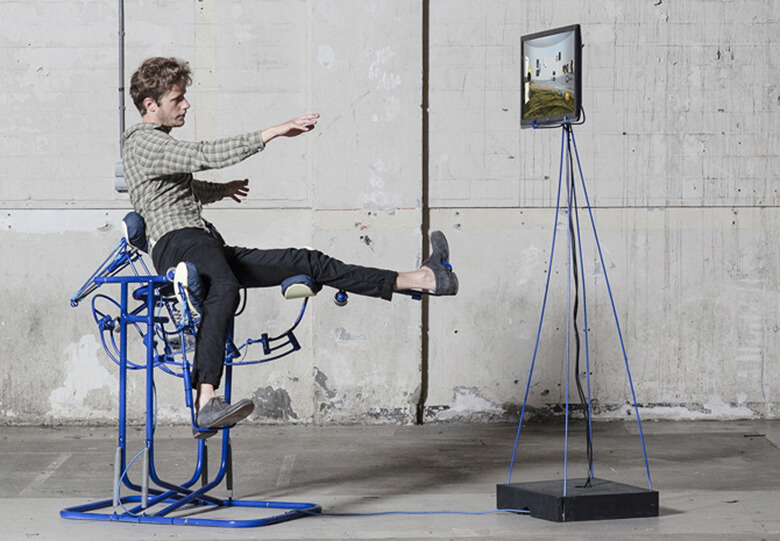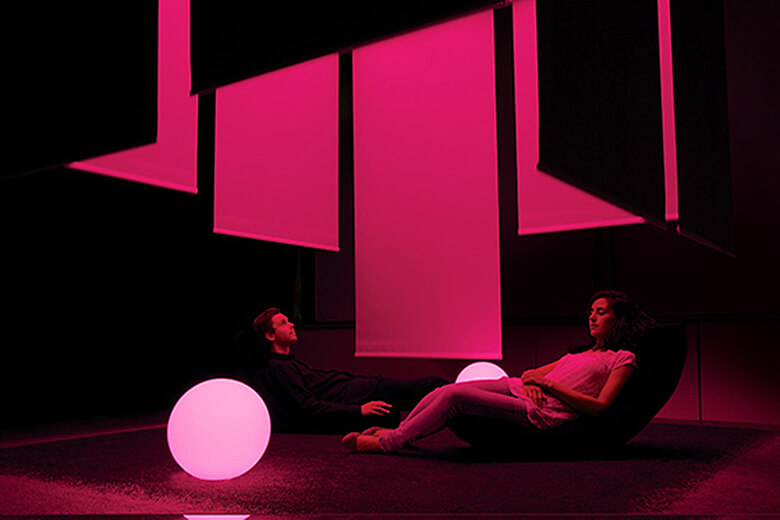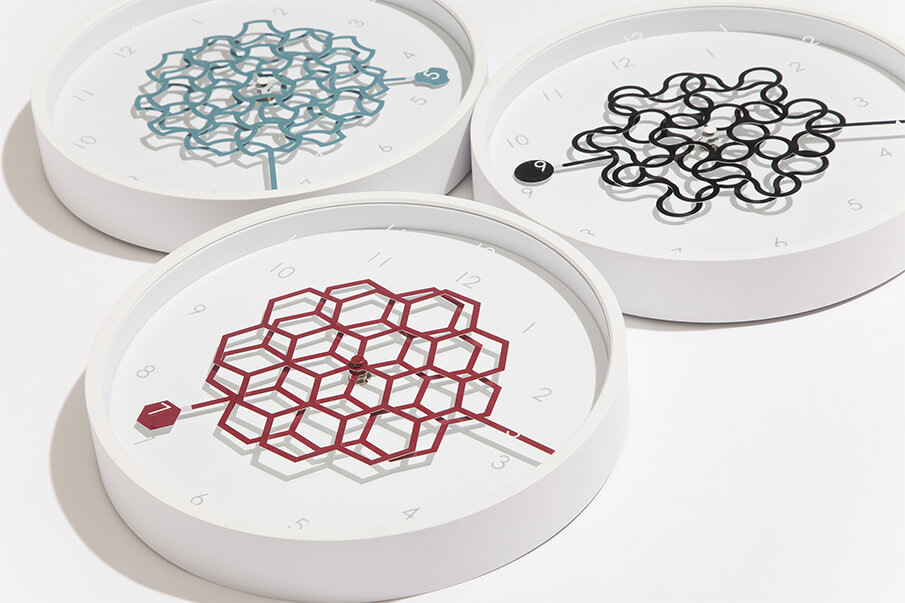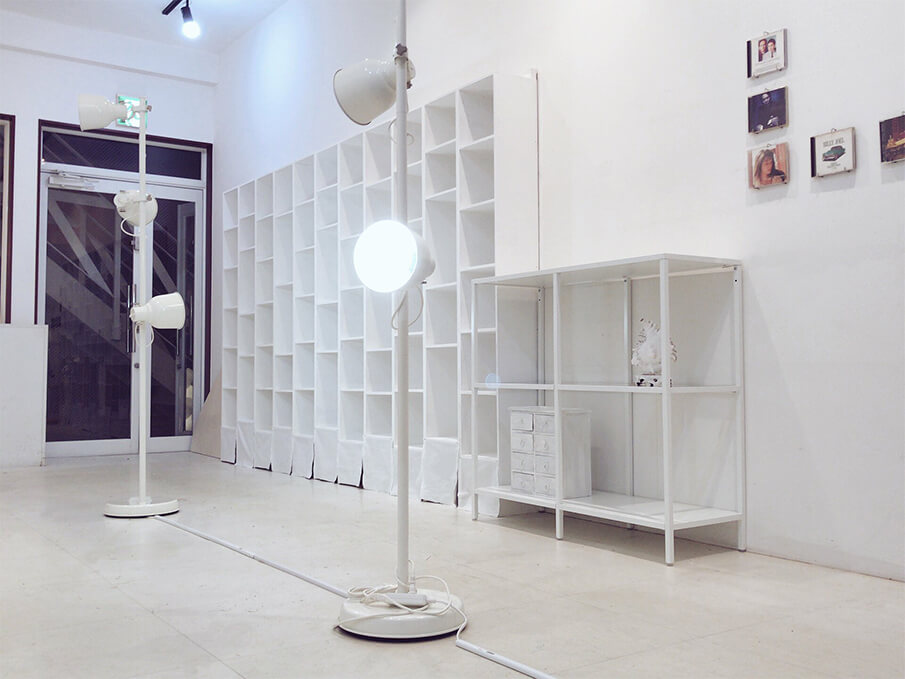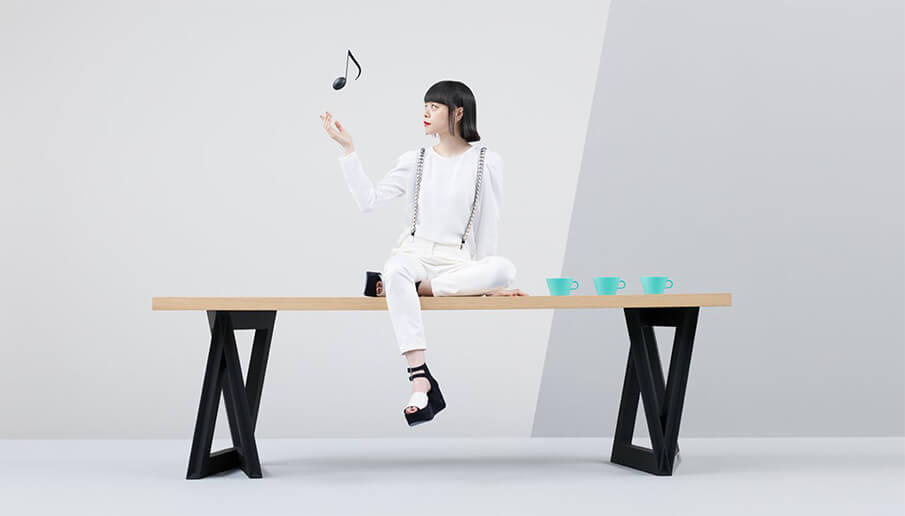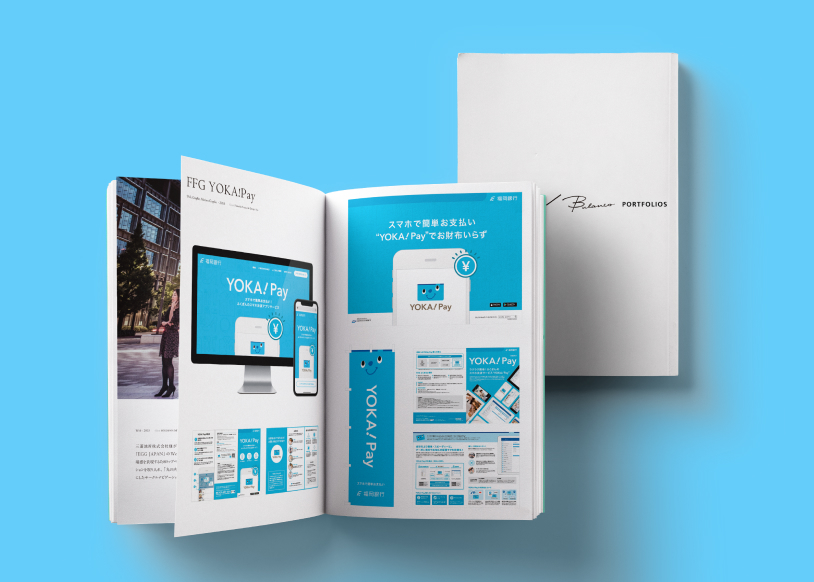テクノロジーと心理学による“豊かさのためのデザイン”Designing for Happiness
こんにちは、イブです。今回は私が感動してやまない「心理的豊かさのためのデザイン」についてお話します。
In this blog post I will talk about a subject I find really fascinating: designing for psychological wellbeing.
心理学とテクノロジーはどのように役立つのか
私はテクノロジーだけではなく、心理学も同時に学んできました。この二つの分野を組み合わせることでいかに人々を豊かにできるのか、非常に興味があります。
近年、先進国の人々のニーズはほとんど満たされていると言っても過言ではありませんよね。水、食糧、住まいなど、手にすることができないものはほとんどないと思います。
だからこそ、幸福の追求がますます重要になっているように思います。 また体と心とはお互いにリンクし合っているという事実も、どんどん解明されています。体の動かし方一つ一つが感じ方に強く影響するようです。
カナダ人のノンフィクションライターで、ベストセラーを連発しているMalcolm Gladwell(マルコム・グラッドウェル)は、著書Blink(2005)の中でこう綴っています。
「幸せな笑顔の人が、強制的に“歯に鉛筆を挟みながら笑え”と言われたら、彼らはもっと幸せになれるだろう。」
心の健康は身体の健康に影響する
私たちのフィーリングが身体の健康に影響することもまた事実です。心の健康を無視していると、身体にも影響が出て様々な病気を増殖させてしまいます。
先進国では年々うつ病が増加しています。人々が健康にもっと気を遣い、自分自身を幸せにする方法をちゃんと知っていれば、こうはならなかったと思います。
テクノロジーが持っている可能性
私は昨年、様々なテクニカルプロジェクトに携わりました。そこで私は「今の時代に不可能なことなど何一つないのではないか」と思うようになりました。素晴らしいテクノロジーもどんどん安価に、簡単に手に入るようになってきていますからね。
私はそれらのプロジェクトで、心と身体の強い結びつきを利用した「センサー」が大いに活躍することを知りました。 人のストレスレベルを測定するためにはヒートセンサーやモイスチャーセンサーを使いますし、体全体の動きを検出する時にはキネクトのようなデバイスが活躍します。
これらのセンサーはどんどん小型化しています。例えばArduino(アルドゥイーノ)などのオープンソースデバイスも、誰でも簡単に試せるようになってきています。 これらの技術が人々を豊かにする可能性を持っていることを私は確信しています。
アムステルダムの興味深いプロジェクト
「技術によって人を豊かにしたい」と考えているのは、もちろん私だけではありません。
テクノロジーと心理学の組み合わせによって人々の心理状態を変える、興味深いプロジェクトを私はたくさん見てきました。 その一つが、私自身も昨年参加したアムステルダムの研究所Pakhuis de Zwijgerのプレゼンテーションで発表されたプロジェクトです。
プレゼンテーターの一人Govert Flint(ガバート・フリント)は、ユーザーが体全体を動かすことによってスクリーン上のカーソルを動かす椅子を発表しました。
この発想は「喜びの感情は体全体を動かすことで育ち、うつ病は動かないことで促進される」という理論に基づいています。
最近は、職場や学校で机の前に長い間じっと座っている人が多いですよね。彼は自身のデザインによって職場をアクティブにし、人々の「喜びの感情」を育てたいそうです。
リラクゼーションに働きかける「波打つライト」
もう一つ紹介したいのは、Philips Design Team によってデザインされた“Adaptive Relaxation Space(アダプティブ・リラクゼーション・スペース)”です。
彼らは、従業員が仕事中にリラックスでき、仕事の効率を上げられるようなワーキングスペースをデザインしました。
彼らのストレスに対する洞察とデザインへの情熱は大変興味深いです。例えば、彼らの発見によると「集中している人は、空間の中においてなかなか選択肢を減らせない」とのことです。
この空間デザインには鼓動のように点滅するライトが使われています。鼓動のスピードは予めプログラムされているので、ユーザーが変えることはできません。
ユーザーはこの空間デザインに“導かれる”ようにして呼吸がゆるやかになり、リラックスした気持ちを味わえます。
仮想世界を旅するインスタレーション
最後に紹介したいのは、1995年にスタートしているプロジェクトですが、Char Davies(チャー・デイビーズ)によるOsmose(オスモース)と呼ばれる参加型インスタレーションです。
ヘッドマウントディスプレイとベストを装着することで、動きと呼吸を追跡していきます。
参加者は自分自身の呼吸のバランスを使って、バーチャルリアリティーの世界を旅することができるのです。なぜならこのコントロールメカニズムは、インスタレーションに没頭させ参加者に新しい意識を与える非常に身体的なプロセスだからです。
技術の進歩が創る豊かな未来
これらはとても興味深い例ですが、ほかにもこの分野で行われた実績は数多くあります。しかし私は、まだまだ技術を最大限に活用する可能性が残っているように思います。
近い将来、これらのプロジェクトのさらなる発展型を見ることができると思います。技術の発達と進歩が続く限り、私たちの未来はワクワクでいっぱいですね!
原文はコチラ
日本語版翻訳:舘 紗也子
Having studied psychology as well as technology, I am very interested in how the two fields can be combined to help people feel better.
Nowadays most people in developed countries have their basic needs covered, including water, food, and a roof over their heads. As such the pursuit of happiness is becoming increasingly important. Also, there is a growing realisation that the mind and body are very much interlinked. How we move our bodies can influence how we feel.
Malcolm Gladwell discusses in his book Blink that people who are happy smile, but if people are forced to smile by holding a pencil between their teeth they will also start feeling happier.
But how we feel also influences our physical health, and ignoring one’s psychological health can contribute to the development of various diseases. Next to that the occurrence of depression is nowadays rising in many developed countries. It is no miracle then that people have started paying much more attention to psychological health and how to make people happier.
Having worked on many technical projects the last years I have noticed that the possibilities nowadays seem endless. Technology is constantly getting cheaper and easier to use as well. Regarding this topic I find sensors especially interesting, because of the strong link between the body and the mind. You can get heat sensors and moisture sensors to measure someone’s stress level, but also devices such as the Kinect to detect movements of the entire body. And these sensors are continuously getting smaller, with open source devices such as the Arduino making it increasingly easy to experiment with these. I am sure there are immense possibilities for using this technology to help people feel better.
Luckily I am not the only one with these thoughts, and I have seen some very interesting projects that combine technology and psychological knowledge to alter people’s psychological state. One of these projects was shown at a presentation I attended last year, at Pakhuis de Zwijger, a creative institute in Amsterdam.Govert Flint showed his design of a chair, where the user had to move their entire bodies to control the cursor on his or her computer screen.
The theory behind it was that the emotion of joy is linked to movements with the entire body, while depression and contempt are linked to almost no movement. The last state is what most of us are forced in while sitting at our desks at work. Flint wants to change this with his design.
Another project shown at the same presentation was an ‘Adaptive Relaxation Space’ designed by the Philips Design Team. They created a space that allows employees to relax during work, as to prevent burnouts from developing.
What I found really interesting is how they used insights on stress and burnouts in their design. For example, they used the finding that people with a burnout cannot easily make decisions to limit the number of choices in the space as much as possible.
This is shown in the pulsating light in the design, of which the speed of the pulse is pre-programmed and can thus not be changed by users. The user is in that way ‘guided’ by the design to a slower breathing pace and a greater sense of relaxation.
A last project I would like to mention is an already quite old (from 1995) interactive installation by Char Davies, called Osmose. Here people have a head-mounted display on and a vest tracking their movements and their breath.
Participants can travel through a virtual world by using their breath and balance. Because the control mechanism is such a bodily process this installation manages to be very immersive, and give participants a new sense of awareness.
These are a few interesting examples and there is definitely much work being done in this field, but I think there are still many more possibilities left unexplored for using technology to aid the mind, and the body. Hopefully we will see more of these projects in the future, especially as technology keeps developing and getting more advanced.


